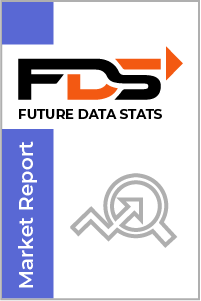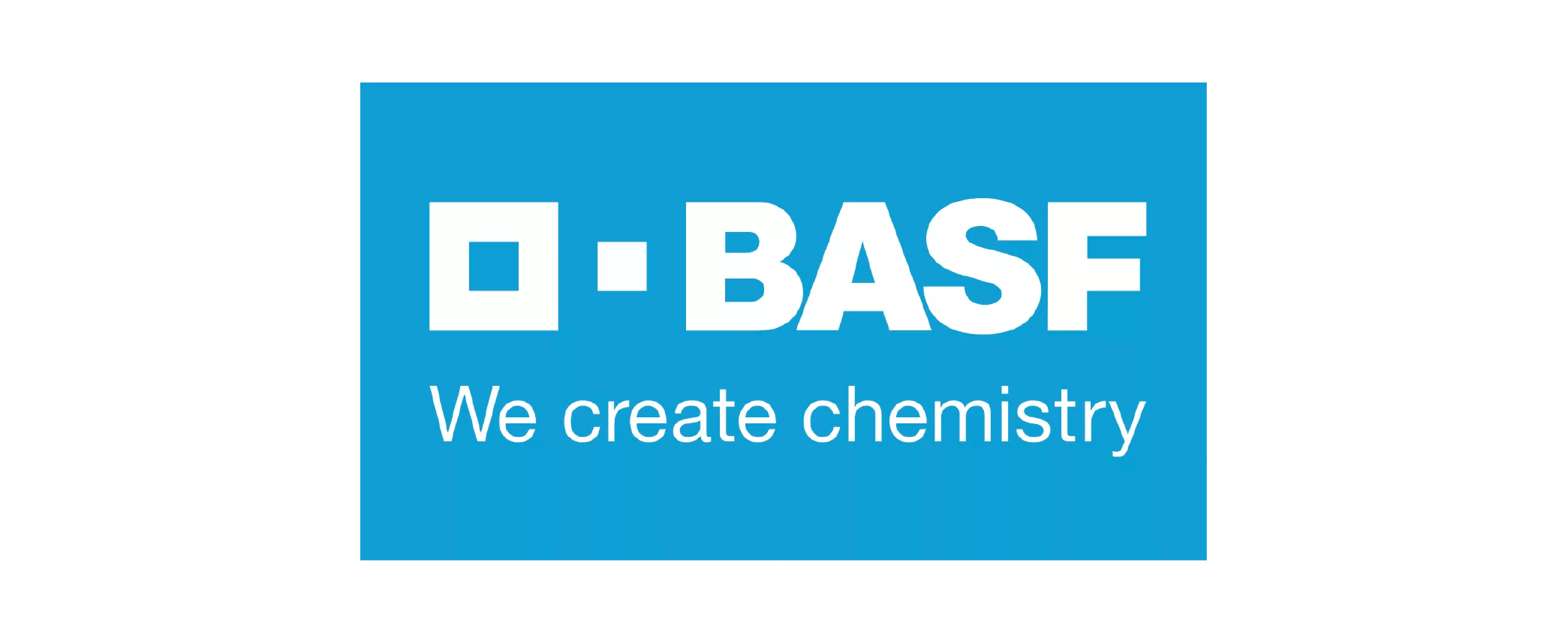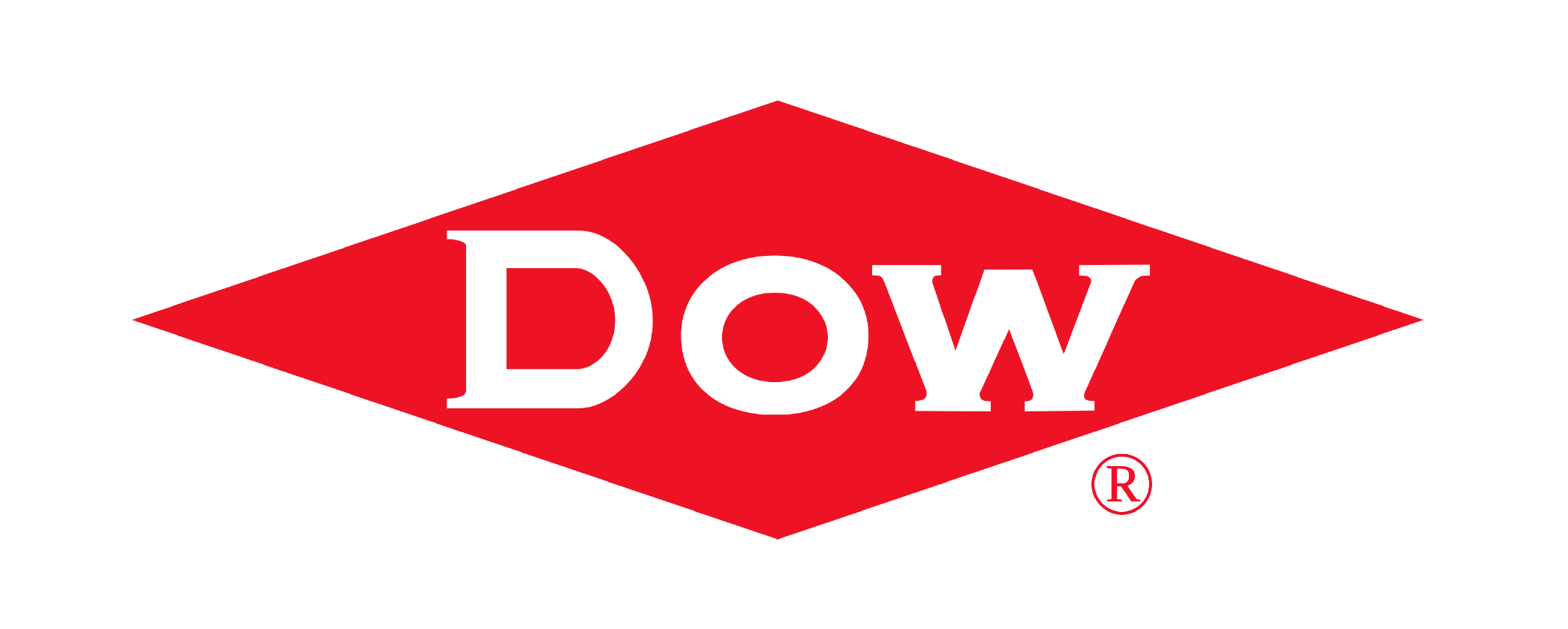The global Smart Factory Solutions Market size was valued at USD 120 Billion in 2024 and is projected to expand at a compound annual growth rate (CAGR) of 15% during the forecast period, reaching a value of USD 350 Billion by 2032.
The "Smart Factory Solutions Market Research Report" by Future Data Stats provides an in-depth examination of the market landscape, utilizing historical data from 2021 to 2023 to identify key trends and growth patterns. Setting 2024 as the foundational year, the report explores consumer behavior, competitive forces, and regulatory frameworks that influence the industry. It transcends basic analysis, delivering a thoroughly researched forecast extending from 2025 to 2033. By employing sophisticated data analysis methodologies, the report not only outlines the market's growth trajectory but also uncovers emerging opportunities and foresees potential obstacles, empowering stakeholders with vital insights to adeptly navigate the changing market landscape.
MARKET OVERVIEW:
The Smart Factory Solutions market focuses on integrating advanced technologies such as automation, IoT, artificial intelligence, and robotics into manufacturing processes. These solutions enable factories to operate more efficiently by optimizing production, improving quality control, and reducing operational costs. As industries transition to Industry 4.0, smart factories offer the flexibility to adapt to changing market demands while enhancing operational transparency and reducing human error. For the market purpose, smart factory solutions are designed to help companies streamline operations, increase productivity, and make data-driven decisions. These technologies allow businesses to monitor real-time performance, predict maintenance needs, and enhance product quality through automated systems. As a result, companies in sectors like automotive, electronics, and pharmaceuticals are investing heavily in these solutions to remain competitive in a fast-evolving global market.
MARKET DYNAMICS:
The latest trends in the Smart Factory Solutions market focus on the widespread adoption of artificial intelligence (AI) and machine learning for predictive maintenance and process optimization. Companies are increasingly integrating IoT-enabled devices to gather real-time data, which helps optimize operations and improve decision-making. Additionally, there is a growing emphasis on cybersecurity solutions as factories become more connected, ensuring data protection and safeguarding against cyber threats. Automation technologies, including robotics and collaborative robots (cobots), continue to advance, driving efficiencies and reducing the need for manual labor in hazardous environments. Looking ahead, upcoming trends in the Smart Factory Solutions market include the expansion of 5G networks, which will enable faster and more reliable communication between devices on the factory floor. Another key development is the rise of digital twins, where physical assets are mirrored in a virtual environment, allowing for improved monitoring and optimization. As businesses continue to embrace these technologies, the scope for smart factory solutions is expected to broaden across industries such as automotive, food and beverage, and pharmaceuticals. The growing demand for sustainable and energy-efficient manufacturing processes also presents new opportunities for innovation in the market.
These drivers enable companies to optimize processes, reduce downtime, and improve overall productivity, leading to significant cost savings and enhanced competitiveness. Furthermore, the growing adoption of IoT devices and cloud-based platforms facilitates seamless integration and communication within smart factories, fostering innovation and driving market expansion. However, the high initial investment costs associated with implementing smart factory solutions can be a significant restraint for many businesses, particularly small and medium-sized enterprises. Concerns regarding data security and privacy, as well as the lack of skilled personnel to manage and maintain these advanced systems, also pose challenges to market growth. Nevertheless, opportunities abound in the development of customized solutions, the integration of AI and machine learning, and the expansion into emerging markets, promising substantial growth potential for the Smart Factory Solutions market.
SMART FACTORY SOLUTIONS MARKET SEGMENTATION ANALYSIS
BY TYPE:
The has been significantly shaped by advancements in automation technologies, including industrial robots, machine vision, and AI-powered systems. Industrial robots play a dominant role, offering precision, efficiency, and the ability to operate in hazardous environments, thus reducing the dependency on manual labor. Machine vision technologies are critical for quality control, allowing for accurate inspection and defect detection, which is vital in industries like automotive and electronics. Control devices, such as programmable logic controllers (PLCs), are essential for managing and automating machinery in manufacturing processes, ensuring seamless and reliable operations. As factories become more connected, cybersecurity solutions are increasingly crucial for safeguarding sensitive data and preventing cyber threats. Cloud computing solutions enable manufacturers to store and analyze vast amounts of data, facilitating real-time decision-making and improving operational efficiency. Overall, AI solutions are becoming integral in predictive maintenance, process optimization, and enhancing factory intelligence. In addition to automation and connectivity, condition monitoring and industrial 3D printing are reshaping smart factory operations. Condition monitoring technologies, which track the health of equipment, are helping businesses minimize downtime by predicting failures before they occur. This proactive approach to maintenance leads to significant cost savings and boosts productivity. On the other hand, industrial 3D printing offers companies the ability to create custom parts quickly and cost-effectively, supporting agile production lines and reducing lead times. As the demand for more adaptable and efficient production systems grows, these technologies are poised to dominate the market. Each of these components plays a vital role in creating a cohesive, highly efficient smart factory ecosystem, allowing businesses to stay competitive in an ever-evolving industrial landscape.
As the market continues to expand, more companies are investing in the integration of various types of smart factory solutions to improve production efficiency and reduce costs. The combination of AI, IoT, and automation creates a robust and future-ready manufacturing environment. Companies are increasingly looking for end-to-end solutions that can streamline processes, reduce energy consumption, and ensure product quality while enhancing operational flexibility. The growing trend toward digitalization and Industry 4.0 is expected to further fuel the adoption of these solutions, making it imperative for manufacturers to adapt to the changing technological landscape to stay ahead in the competitive global market.
BY APPLICATION:
Smart factory solutions have a broad and growing application across various industries, driving significant advancements in automation and operational efficiency. The automotive sector leads the way in adopting these solutions, where industrial robots and AI-powered systems streamline production lines, improve vehicle assembly accuracy, and reduce the time to market. Electronics and electrical industries also benefit greatly from smart manufacturing technologies, as automation and machine vision systems ensure precision in the production of complex components such as semiconductors and circuit boards. Metal and mining industries are leveraging smart factory solutions for real-time monitoring of equipment, optimizing resource extraction, and ensuring better safety standards. This trend towards automation and real-time data analytics helps industries reduce costs, increase productivity, and improve product quality. The oil and gas industry is also increasingly turning to smart factory solutions, driven by the need for increased operational efficiency and safety in extraction processes. AI and machine learning algorithms optimize predictive maintenance and asset management, ensuring the longevity and reliability of equipment in harsh environments. In the food and beverage industry, smart manufacturing technologies are used to enhance quality control, streamline production processes, and ensure compliance with regulatory standards. Smart sensors, AI-based analytics, and automation help manufacturers reduce waste, minimize downtime, and improve supply chain management. The aerospace and defense sector is adopting similar solutions, with AI-powered systems being used to track parts, optimize production workflows, and maintain the integrity of safety-critical components.
The pharmaceuticals and chemicals industries are also undergoing digital transformation with the integration of smart factory solutions. In pharmaceuticals, advanced technologies such as condition monitoring and real-time data analytics enable the continuous improvement of manufacturing processes, ensuring the highest standards of quality and regulatory compliance. Similarly, the chemicals industry is incorporating smart manufacturing systems to enhance process control, reduce energy consumption, and improve overall production efficiency. These diverse applications across various sectors highlight the growing demand for smart factory solutions and their potential to transform industries by improving efficiency, safety, and product quality.
BY END-USER:
The adoption of smart factory solutions is notably high among large enterprises due to their ability to invest in advanced technologies and the need for more efficient production systems. Large enterprises benefit from automating complex operations, leveraging AI for process optimization, and utilizing robotics to improve speed and precision in manufacturing processes. The scalability of smart factory solutions allows large enterprises to integrate them into multiple production lines, facilitating more agile and flexible manufacturing systems. Furthermore, large enterprises are heavily invested in big data analytics, which allows for better decision-making and strategic forecasting, ensuring their competitiveness in the global market. As these companies embrace digital transformation, they can streamline operations, reduce costs, and increase productivity. Small and medium enterprises (SMEs) are increasingly adopting smart factory solutions, although they face more challenges due to budget constraints and resource limitations. However, the availability of cost-effective automation and AI tools has made it more accessible for SMEs to modernize their production facilities. SMEs benefit from implementing smart technologies, such as cloud computing, which offers scalable and affordable solutions to monitor and optimize manufacturing processes. As the market grows, SMEs are leveraging Industry 4.0 technologies to improve production capabilities, enhance product quality, and increase operational efficiency. The growing availability of affordable solutions and government incentives is enabling SMEs to embrace digital manufacturing and gain a competitive edge in their respective industries.
Both large enterprises and SMEs are increasingly focused on improving productivity and minimizing operational risks through the adoption of smart factory solutions. As these technologies become more affordable and scalable, their integration across different business sizes is expected to grow rapidly. With the digitalization of production systems, companies of all sizes can enhance production efficiency, reduce energy consumption, and improve product quality, leading to significant long-term benefits. The trend toward Industry 4.0 is not limited to large corporations; it is equally relevant to SMEs as they look to enhance their capabilities and stay competitive in an evolving market.
BY TECHNOLOGY:
The integration of cutting-edge technologies such as the Internet of Things (IoT), Artificial Intelligence (AI), and robotics is transforming the landscape of smart factories. IoT technologies are central to the development of connected manufacturing environments. Sensors and devices linked through the IoT enable real-time data collection, providing manufacturers with critical insights into machine performance and production efficiency. These technologies also help track inventory, optimize supply chains, and reduce waste, making the entire manufacturing process more intelligent and efficient. As IoT devices proliferate across factories, they create opportunities for predictive maintenance, reducing downtime and increasing asset utilization. Artificial Intelligence (AI) plays a pivotal role in the evolution of smart factories, driving efficiencies and improving decision-making. AI-powered systems analyze vast amounts of data to optimize manufacturing processes, predict potential failures, and streamline production schedules. These solutions help manufacturers increase product quality, reduce errors, and enhance operational agility. Robotics is another essential technology in the smart factory ecosystem, with robots being used for everything from assembly and packaging to material handling. Collaborative robots (cobots) are particularly popular, working alongside human operators to enhance productivity without replacing the workforce. The use of robotics allows for greater flexibility, faster production cycles, and improved safety in hazardous environments.
Big Data Analytics, augmented reality (AR), virtual reality (VR), and additive manufacturing are also integral components of the smart factory ecosystem. Big data analytics provides manufacturers with valuable insights into their operations, helping them optimize production and make data-driven decisions. AR and VR technologies offer immersive training experiences for factory workers and help with remote troubleshooting, which improves efficiency and reduces operational risks. Additive manufacturing, or 3D printing, enables companies to create prototypes and production parts on demand, reducing inventory costs and shortening lead times. Together, these technologies are revolutionizing the way factories operate, pushing the boundaries of what is possible in modern manufacturing environments. Cloud computing further enhances these technologies by providing scalable infrastructure for data storage, processing, and analysis, making the entire system more efficient and cost-effective.
REGIONAL ANALYSIS:
In North America, the Smart Factory Solutions market is witnessing rapid growth due to the high adoption rate of advanced technologies such as AI, IoT, and automation. Companies in the United States and Canada are heavily investing in smart manufacturing to enhance production efficiency, reduce costs, and improve product quality. The region’s well-established industrial base, coupled with government initiatives promoting digitalization, is driving the demand for smart factory solutions. Furthermore, the increasing focus on sustainability and the integration of green manufacturing technologies is contributing to the region’s market expansion.
Europe is also experiencing significant growth in the Smart Factory Solutions market, primarily driven by the region's emphasis on Industry 4.0 and the push for smarter, more sustainable manufacturing processes. Countries like Germany, France, and the UK are leading the adoption of digital factory technologies, leveraging AI, robotics, and IoT to optimize production lines. The European Union’s support for digital transformation, along with stringent regulations aimed at improving energy efficiency, is fostering innovation in smart factories. In Asia Pacific, rapid industrialization, especially in countries like China, Japan, and India, is fueling the demand for automation solutions, while Latin America, and the Middle East, are gradually adopting smart factory technologies as part of their efforts to modernize manufacturing and increase operational efficiency.
MERGERS & ACQUISITIONS:
- In Jan 2024: Siemens acquired Brightly Software to enhance its smart factory IoT solutions.
- In Feb 2024: Rockwell Automation partnered with NVIDIA to integrate AI into smart manufacturing platforms.
- In Mar 2024: Honeywell merged with Carrier Global’s automation division to expand its smart factory portfolio.
- In Apr 2024: ABB acquired Sevensense to advance autonomous mobile robotics in smart factories.
- In May 2024: Schneider Electric partnered with AVEVA to optimize digital twin solutions for smart manufacturing.
- In Jun 2024: Bosch Rexroth acquired HydraForce to strengthen its smart hydraulic systems for factories.
- In Jul 2024: GE Digital merged with C3.ai to boost AI-driven predictive maintenance in smart factories.
- In Aug 2024: Yokogawa Electric acquired RAP International to enhance its smart factory cybersecurity solutions.
- In Sep 2024: PTC acquired ServiceMax to integrate field service management with smart factory operations.
- In Oct 2024: Fanuc invested in Preferred Networks to develop AI-based automation for smart factories.
- In Nov 2024: Emerson Electric acquired National Instruments to expand its industrial IoT capabilities.
- In Dec 2024: SAP partnered with Microsoft to integrate cloud-based analytics for smart factory solutions.
KEY MARKET PLAYERS:
- Siemens
- Rockwell Automation
- Honeywell
- ABB
- Schneider Electric
- Bosch Rexroth
- GE Digital
- Yokogawa Electric
- PTC
- Fanuc
- Emerson Electric
- SAP
- Mitsubishi Electric
- Omron
- Cognex
- Dassault Systèmes
- Hitachi
- KUKA
- Festo
- Keyence
Smart Factory Solutions Market: Table of Contents
Introduction
- Definition
- Market Overview
- Scope of Study
- Assumptions
- Research Methodology
Market Dynamics
- Drivers
- Restraints
- Opportunities
- Challenges
Market Segmentation
- By Type
- By Application
- By End-User
- By Technology
Market Analysis by Type
- Industrial Robots
- Machine Vision
- Control Devices
- Industrial 3D Printing
- Condition Monitoring
- Cybersecurity Solutions
- Artificial Intelligence (AI) Solutions
- Cloud Computing Solutions
Market Analysis by Application
- Automotive
- Electronics and Electrical
- Metal and Mining
- Oil & Gas
- Food & Beverages
- Aerospace & Defense
- Pharmaceuticals
- Chemicals
Market Analysis by End-User
- Large Enterprises
- Small and Medium Enterprises (SMEs)
Market Analysis by Technology
- IoT
- AI
- Robotics
- Big Data Analytics
- AR & VR
- Additive Manufacturing
- Cloud Computing
Regional Analysis
- North America
- Europe
- Asia Pacific
- Latin America
- Middle East & Africa
Competitive Landscape
- Company Profiles
- Key Players
- Market Share Analysis
- Strategies & Developments
Future Outlook & Trends
- Upcoming Technological Trends
- Future Growth Opportunities
Appendix
- Data Sources
- Glossary of Terms
Smart Factory Solutions Market Segmentation
By Type:
- Industrial Robots
- Machine Vision
- Control Devices
- Industrial 3D Printing
- Condition Monitoring
- Cybersecurity Solutions
- Artificial Intelligence (AI) Solutions
- Cloud Computing Solutions
By Application:
- Automotive
- Electronics and Electrical
- Metal and Mining
- Oil & Gas
- Food & Beverages
- Aerospace & Defense
- Pharmaceuticals
- Chemicals
By End-User
- Large Enterprises
- Small and Medium Enterprises (SMEs)
By Technology:
- Internet of Things (IoT)
- Artificial Intelligence (AI)
- Robotics
- Big Data Analytics
- Augmented Reality (AR)
- Virtual Reality (VR)
- Additive Manufacturing
- Cloud Computing
By Geography:
- North America (USA, Canada, Mexico)
- Europe (UK, Germany, France, Italy, Spain, Rest of Europe)
- Asia-Pacific (China, Japan, Australia, South Korea, India, Rest of Asia-Pacific)
- South America (Brazil, Argentina, Rest of South America)
- Middle East and Africa (GCC Countries, South Africa, Rest of MEA)
WHY SHOULD YOU INVEST IN A MARKET RESEARCH REPORT?
Smarter Business Decisions:
A high-quality market research report delivers valuable insights into industry trends, customer preferences, and competitor strategies. With solid data guiding your choices, you can minimize risks and confidently pursue new opportunities—whether launching a product or expanding into new markets.
Spot Hidden Opportunities:
Market research uncovers unmet customer needs and emerging trends before they become mainstream. By aligning your products or services with these opportunities, you can stay ahead of the competition and capture untapped demand.
Know Your Competition Inside Out:
Gain a clear picture of your competitors' strengths, weaknesses, and strategies. This knowledge helps you refine your unique selling points, craft stronger positioning, and outmaneuver rivals effectively.
Sharper, More Effective Marketing:
Understanding your audience is key to successful marketing. Market research reveals who your customers are, what drives their decisions, and how they engage with brands. With these insights, you can create tailored campaigns that deliver better results and higher ROI.
Reduce Risks Before They Arise:
Every business move carries some risk—but research helps you anticipate challenges before they become costly. By analyzing market conditions and potential obstacles, you can make proactive adjustments to protect your bottom line and reputation.
Strengthen Your Case for Funding:
Investors and lenders want proof of market potential before backing a business. A well-researched report provides the data-driven evidence they need, boosting your credibility and increasing your chances of securing capital.
Stay Ahead of Industry Shifts:
Markets evolve fast, with new technologies, regulations, and consumer behaviors constantly reshaping the landscape. Regular market research ensures you stay informed, adapt quickly, and maintain a competitive edge in your industry.
RESEARCH METHODOLOGY AT FUTURE DATA STATS
At Future Data Stats, we combine decades of industry expertise with cutting-edge research techniques to deliver unparalleled market intelligence. Our team of seasoned analysts employs a dynamic, data-driven approach to uncover actionable insights, helping businesses navigate complex market landscapes with confidence.
Comprehensive & Cutting-Edge Market Analysis
We go beyond surface-level trends to provide a 360-degree view of market dynamics. Our research methodology is designed to:
✔ Accurately assess market size, growth patterns, and competitive landscapes.
✔ Identify emerging opportunities through real-time trend analysis and predictive modeling.
✔ Validate findings with high-quality data, expert consultations, and independent verification.
Our insights empower decision-makers with strategic clarity, ensuring they stay ahead in rapidly evolving industries.
Multi-Source Data Collection & Validation
We leverage a diverse mix of primary and secondary research sources, including:
- In-depth stakeholder interviews (industry leaders, suppliers, distributors, and end-users)
- Statistical databases & market reports from authoritative global sources
- Regional market intelligence to capture localized trends and demand shifts
- Proprietary analytical models tailored to specific industry needs
- By cross-verifying data from multiple streams, we ensure maximum accuracy and reliability.
Key Advantages of Our Research Approach
- Actionable Intelligence – Clear, data-backed recommendations for strategic planning.
- Technology-Enhanced Accuracy – Advanced tools for data validation and trend forecasting.
- Unbiased Insights – Independent analysis free from external influence.
Our Two-Tier Research Framework
- Primary Research – Direct Industry Engagement
- Expert Interviews: Over 25+ hours of discussions with key stakeholders across the value chain.
- Targeted Surveys: Structured questionnaires for KOLs (Key Opinion Leaders) to gauge market sentiment.
- Competitive Benchmarking: Assessing leading players to determine market positioning.
- Secondary Research – Extensive Data Synthesis
- Analysis of 3,000+ documents, including industry reports, whitepapers, and regulatory publications.
- Global & regional data mining from government databases, trade journals, and financial reports.
- Macroeconomic & sector-specific trend mapping for long-term forecasting.
Dual Analytical Approach
We employ both top-down and bottom-up methodologies to ensure precision:
- Bottom-Up Analysis: Calculating market size from granular data, ensuring detailed accuracy.
- Top-Down Assessment: Validating findings through macroeconomic indicators and industry benchmarks.
Why Choose Future Data Stats?
✔ 70+ years of collective expertise in market intelligence.
✔ Customized research models for sector-specific accuracy.
✔ Transparent, reliable, and forward-thinking insights.
With Future Data Stats, you don’t just get data—you get a strategic advantage. Partner with us to unlock the full potential of your market decisions.
Smart Factory Solutions Market Dynamic Factors
Drivers:
- Growing demand for automation in industries.
- Need for improved production efficiency and cost reduction.
- Rising adoption of IoT and AI technologies.
- Increase in industrial data and the need for better data analytics.
- Enhanced safety and reduced downtime with smart solutions.
Restraints:
- High initial investment costs for implementing smart factory systems.
- Lack of skilled workforce to operate advanced technologies.
- Data security concerns in connected systems.
- Integration issues with legacy systems.
- Regulatory challenges in certain regions.
Opportunities:
- Rising demand for Industry 4.0 across various industries.
- Expansion in emerging markets with industrial growth.
- Potential for small and medium enterprises to adopt smart factory solutions.
- Increased adoption of AI and robotics in manufacturing.
- Integration of renewable energy solutions in smart factories.
Challenges:
- Complexity in integrating multiple technologies.
- High implementation costs for small businesses.
- Cybersecurity risks in interconnected factory systems.
- Resistance to change from traditional manufacturing systems.
- Limited availability of advanced infrastructure in some regions.
Smart Factory Solutions Market Regional Key Trends Analysis
North America:
- Strong investment in AI and automation technologies.
- Increased demand for data-driven decision-making in manufacturing.
- Growing adoption of predictive maintenance in industries.
Europe:
- Focus on sustainability and green manufacturing technologies.
- Expansion of 5G networks enabling faster and more reliable smart factories.
- Increased integration of AR/VR technologies for workforce training.
Asia Pacific:
- Rapid industrialization driving demand for smart manufacturing.
- Adoption of robotics and automation in the automotive sector.
- Government initiatives supporting smart manufacturing and innovation.
Latin America:
- Rising interest in improving manufacturing efficiency through automation.
- Growing demand for cost-effective solutions in SMEs.
- Increased focus on optimizing supply chains using smart technologies.
Middle East & Africa:
- Growing adoption of IoT and AI for enhancing industrial operations.
- Investment in infrastructure for smart factory integration.
- Push towards energy-efficient manufacturing practices.
Frequently Asked Questions

















